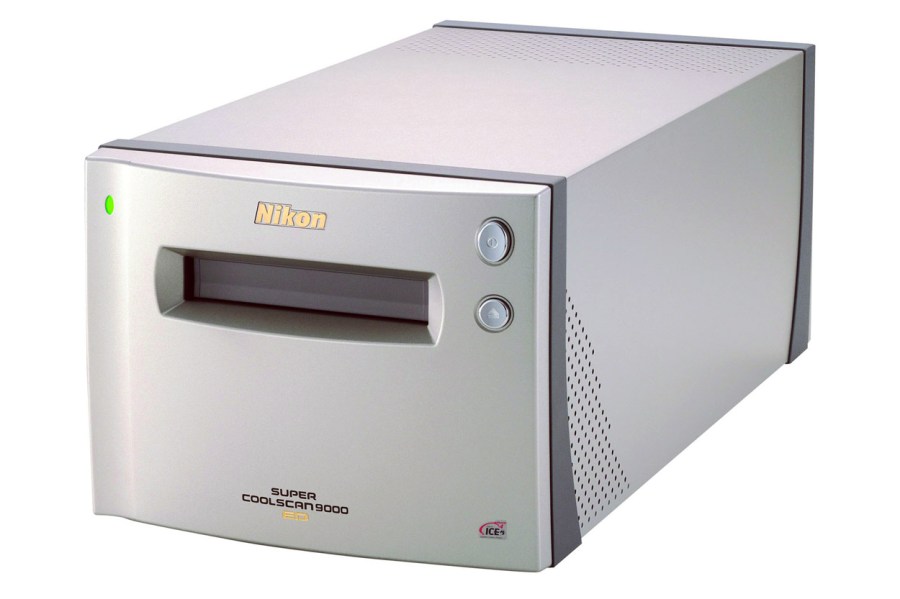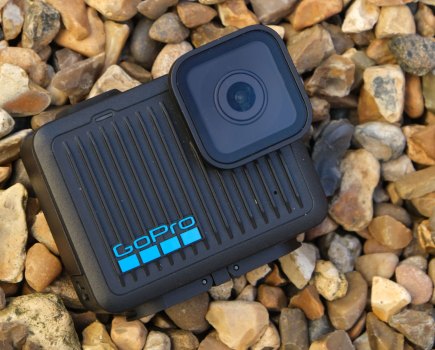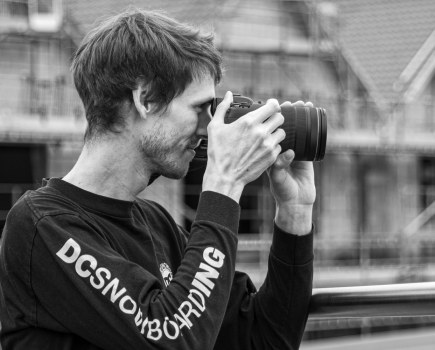It’s great to see traditional analogue photography in such rude health. However, there is a weak link. If it’s to continue thriving we need better film scanners. Most gadgetry gets better, cheaper and easier to use, but scanner technology seems to be in reverse.
I bought my Nikon Coolscan 4000 ED back in 2001. I was writing motoring articles and taking pictures to illustrate them and while magazines still wanted transparencies, even then, newspapers were beginning to demand digital shots. The Coolscan allowed me to satisfy both requirements whilst also providing a backup of slides which might be lost.

Credit: Jon Bentley
Though not cheap at just over a grand, I was thrilled by the quality, detail, colour reproduction and dynamic range of the 23MP scans produced by it. It did justice to any emulsion, whether Kodachrome, Fuji Velvia, Ilford HP5 or plain old supermarket print film, while the dust-removal capabilities of its Digital ICE (Image Correction & Enhancement) software were magical. Scanning wasn’t quick but film processors would happily supply a lo-res scan of all your shots at modest cost from which you could select a few frames per film to do yourself.
What might replace it?
I’m still using the Coolscan and it’s as good as ever. It requires a bit of driver jiggery-pokery to work with modern operating systems, and the FireWire cable means you have to consider your computer’s connectivity carefully, but I’m dreading the day it gives up. Because there’s nothing around to replace it.
Flatbed Epson scanners are all very well but they don’t quite deliver the sharpness, in my experience. I know a couple of photographers with Plustek scanners but the colour reproduction doesn’t compare, and they tell me there’s quite a bit of trial and error involved. There are also oodles of bargain basement models available but they’re probably best considered toys rather than serious tools. As for the quality of scans produced by minilabs they’re really too hit-and-miss, and you can’t rely on them as your only scanning source.
The Digital Transitions Cultural Heritage kit, which effectively takes photos of film using a PhaseOne digital back, is excellent but the huge price takes it beyond the reach of all but libraries and archives.

Nikon Coolscan 9000ED, the Nikon Coolscan 9000 ED was the top of the range medium format film scanner, and is now much sought after.
Nikon, which stopped making scanners in 2010, knows there’s an issue here and does market an attachment you can use with a macro lens to take photos of your film. But it’s uncomfortably reminiscent of those rickety, old, extension tube-based, slide-copying devices and, while the results aren’t quite as unpredictable, they are not as good as Nikon’s old scanners.
I want to be enthralled at the enchanting way in which film records the world, not depressed by the drab simulacrum most reasonably priced scanners insult our eyes with in 2022. If we could create high-quality scanners 20 years ago why is it so difficult now? Can it really be impossible to market one that’s even better, even easier to use, and even more affordable than my vintage Coolscan?
 Jon Bentley is a TV producer and presenter best known for Top Gear and Channel 5’s The Gadget Show.
Jon Bentley is a TV producer and presenter best known for Top Gear and Channel 5’s The Gadget Show.
The views expressed in this column are not necessarily those of Amateur Photographer magazine or Kelsey Media Limited.
Modern versions of the “film scanner” include the Lomography smartphone film scanner, and the Lomography Digitaliza film scanning kit. Let us know! What do you use to scan film? email ap.ed@kelsey.co.uk.
Related reading:
- Essential Film Holder for digitising negatives hits 20,000 sales
- How to get started in film photography – a complete guide
- How to photograph film using your DSLR or mirrorless camera
Follow AP on Facebook, Twitter, Instagram, YouTube and TikTok.








